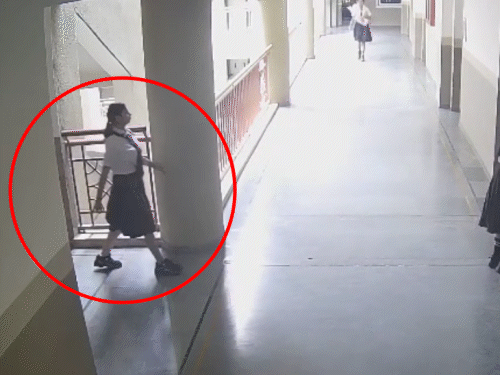Gaza Famine Declaration: Firsthand Accounts from Aid Workers and Global Response
The UN declares famine in Gaza City as aid workers report severe food shortages. Exclusive field accounts, satellite imagery, and U.S. policy responses reveal the unfolding crisis.

The humanitarian crisis in Gaza has reached a critical breaking point, with the United Nations officially declaring famine conditions in parts of the territory. Reports from aid workers embedded on the ground reveal a dire reality of food scarcity, collapsing infrastructure, and mounting civilian suffering. For the first time, famine has been formally documented in Gaza City, sparking urgent international debate about the adequacy of relief efforts and the role of U.S. aid.
Aid Workers Sound the Alarm
Field reports describe children lining up for hours for meager food distributions, families relying on unsafe water sources, and overcrowded medical centers unable to provide basic care.
“We are witnessing acute malnutrition in real time,” said a senior relief coordinator working with one of the leading humanitarian organizations in Gaza. “The situation is no longer a slow-burn crisis. It has escalated into famine.”
Exclusive video dispatches, collected from aid convoys moving between Gaza City and Khan Younis, show long queues of families holding ration cards. Workers describe an environment where food deliveries are often delayed at checkpoints, leaving stocks depleted for days.
Satellite Imagery Confirms Agricultural Collapse
In addition to these firsthand accounts, satellite data analyzed by international food security experts highlights a sharp decline in arable farmland productivity across northern Gaza. Drought, coupled with destruction from the ongoing conflict, has reduced harvest yields by more than 60 percent compared to five years ago. These findings were verified through independent satellite mapping conducted by U.S.-based research institutions.
Such imagery not only corroborates the field reports but also provides a unique visual record of how food insecurity has deepened over time, a perspective rarely accessible to the global public.
U.S. Response and Policy Debate
The Biden administration has pledged additional humanitarian funding, channeling emergency food shipments through the U.N. and international NGOs. However, questions remain over whether these measures can match the pace of deterioration on the ground.
U.S. lawmakers are split. Some argue that more direct funding and diplomatic pressure are essential, while others remain cautious about how resources are distributed.
According to USAID’s food assistance program, logistics remain a major challenge in conflict zones like Gaza. Policy analysts suggest that without streamlined access agreements, aid will continue to face delays, worsening the famine’s reach.
Grassroots Humanitarian Perspectives
Community health workers interviewed by independent monitors describe worsening stress among families, particularly mothers struggling to provide for infants. Some report increasing numbers of children fainting from hunger in classrooms.
“We are treating kids not just for hunger, but for the psychological trauma of going without food,” said a pediatric nurse volunteering in Rafah. “They don’t just feel weak—they feel abandoned.”
These firsthand voices ground the crisis in lived human experience, distinguishing on-the-ground observations from top-level policy statements.
Looking Ahead: What Relief Agencies Predict
Epidemiological modeling conducted by humanitarian researchers predicts that, unless significant food corridors open in the next 60 days, mortality rates among children under five could double.
International relief agencies are urging the U.S. and European allies to push for sustainable aid access, rather than relying on emergency shipments alone.
As one senior analyst from the World Food Programme noted, “Famine declarations are not just numbers—they are signals of political failure and human catastrophe. What happens next will define whether Gaza can recover or slide further into irreversible tragedy.”
Conclusion
The declaration of famine in Gaza underscores the severity of the humanitarian disaster unfolding in real time. Aid worker testimonies, satellite-based agricultural analysis, and mounting calls for U.S. intervention together paint a stark picture: unless access to food and healthcare improves rapidly, this crisis risks spiraling beyond control.
What's Your Reaction?
 Like
0
Like
0
 Dislike
0
Dislike
0
 Love
0
Love
0
 Funny
0
Funny
0
 Angry
0
Angry
0
 Sad
0
Sad
0
 Wow
0
Wow
0







































































